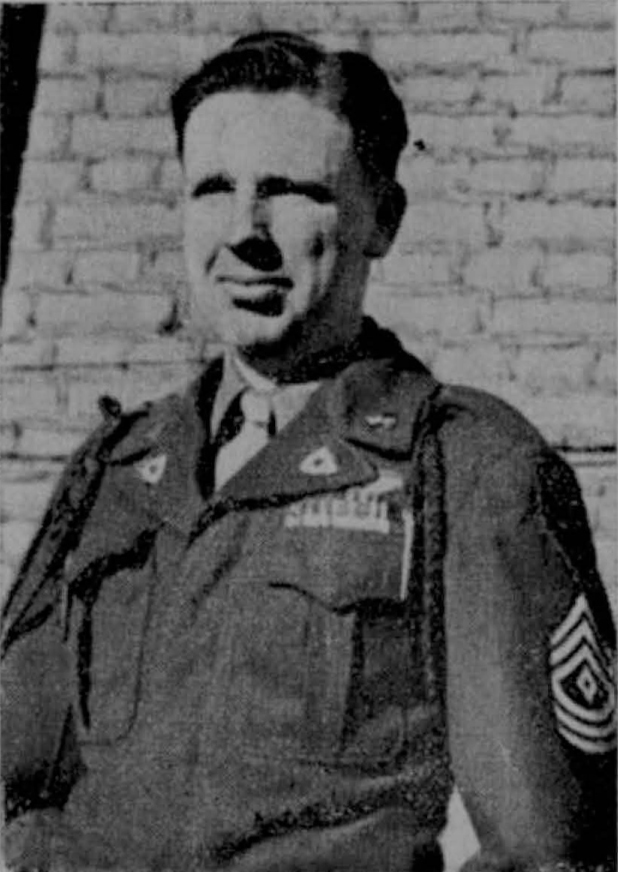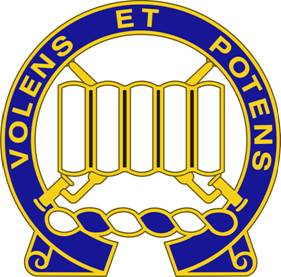Major John Newton Middlemas (United Stares Army, Retired), of Glastonbury Connecticut, 1921 – 2010; born in New York City, New York.
Major John N. Middlemas was a Warrior. He enlisted in the United States Army in 1935 and served throughout World War II, the Korean Conflict, and the ‘Cold War’. Major Middlemas was awarded two Combat Infantryman Badges; the Distinguished Service Cross; five Silver Star Medals; two Bronze Star Medals; two Purple Heart Medals; two Good Conduct Medals; American Defense Service Medal; American Campaign Medal; European-African-Middle Eastern Campaign Medal w/3 Battle Stars and an Arrowhead device; WWII Victory Medal; Army of Occupation Medal (Germany clasp); two National Defense Service Medals; Korean Service Medal w/4 Battle Stars; Armed Forces Reserve Medal w/Silver Hour Glass (2nd award); French Croix de’ Guerre; United Nations Service Medal; Republic of Korea War Service Medal; Presidential Unit Citation, and Korean Presidential Unit Citation.
Major Middlemas was a Platoon Sergeant in the 26th US Infantry, 1st Infantry Division in WWII. He was awarded a Combat Infantryman Badge, four Silver Star Medals and a Bronze Star Medal and a Purple Heart Medal. At the end of the war he reenlisted to serve again with the 26th Infantry in occupied Germany where he was promoted to first sergeant. After returning to the United States he applied for and was promoted to warrant officer and assigned as a company level Unit Administrator in the 7th US Infantry, 3d Infantry Division at Ft. Devens. Massachusetts. Major Middlemas deployed from Ft. Devens in the summer of 1950 and entered the Korean Conflict north of the 38th parallel in November 1950. His previous combat experience and his observed leadership skills earned him a battlefield commission to 2d lieutenant. In Korea he received his second Combat Infantryman Badge, another Silver Star Medal and Bronze Star Medal and the Army Distinguished Service Cross.
He was an active member and supporter of the the American Legion for over 20 years and is survived by his loving wife of 65 years Ruth (Hegemann) Middlemas.
Because of his courage under fire and his warrior ethos many men survived the battle.
Some of Major Middlemas’s heroic service has been captured in the US Army Historical Series, Combat Actions in Korea by Russell A. Gugeler, Center of Military History Publication 30-2, Chapter 11, A Rifle Company as a Covering Force. http://www.history.army.mil/books/korea/30-2/30-2_11.htm an excerpt follows:
… The 7th Infantry (3d Infantry Division) was placed on a ridge overlooking the important Seoul-Chorwon Wonsan road and the single-track railroad that parallels it. The position was especially important since it guarded the crossing site of the Imjin River…. The 1st Battalion occupied the east end of the regimental sector. Company B manned the bunkers and foxholes on Hill 283 and those along the ridgeline that slanted down toward the road. Company A's sector extended from Company B, southwest across a long, brush-covered saddle, then west along the top of Hill 287 a company front of 1,400 yards…. At 0700 on 25 April a large enemy force attacked an observation post that the 3d Battalion had established on a hill about four hundred yards south of [Company A’s position]…. Lieutenant Middlemas knew he would have to hold off the Chinese for at least a half hour, or suffer heavy losses. He also knew they would probably either win or lose the battle within the next few minutes.
“Get to firing. Get to firing!” Middlemas shouted.
The action on this end of the line developed fast. There was considerable enemy fire coming from Hill 283 and a few Chinese crept within grenade range before they were killed. Within another minute or two, however, an eight-man squad from the 3d Platoon reached the knoll, making a total of fourteen men there, including Middlemas. All of them were firing rapidly…. [Minutes later]…Lieutenant Middlemas had four machine guns firing and approximately forty-five riflemen in position. The firing swelled into a noisy roar and even the sound of the clips coming out of the rifles made considerable noise. The Chinese, who had been trying to wriggle around both sides of Hill 283 and reach Middlemas’s knoll, backed away to the protection of the reverse slope…. Lieutenant Middlemas believed it was this sudden and heavy base of fire that was built up in the first ten minutes of the action that saved the flank, he was now concerned with making the ammunition last until everyone was off the hill. He went back and forth across his short line cautioning the men to fire aimed shots and hold down their rate of firing…. The entire action on the right flank had lasted from 1130 until approximately 1215. During this time two men had been killed by enemy rifle fire….
General Orders: Headquarters, Eighth U.S. Army, Korea: General Orders No. 989 (December 13, 1951):
The President of the United States of America, under the provisions of the Act of Congress approved July 9, 1918, takes pleasure in presenting the Distinguished Service Cross to First Lieutenant (Infantry) John N. Middlemas (ASN: 0-2262644), United States Army, for extraordinary heroism in connection with military operations against an armed enemy of the United Nations while serving with Company A, 1st Battalion, 7th Infantry Regiment, 3d Infantry Division.
First Lieutenant Middlemas distinguished himself by extraordinary heroism in action against enemy aggressor forces in the vicinity of Tosong-ni, Korea, on 25 April 1951. On that date, the defensive positions of Company A were attacked by a fiercely determined and numerically superior hostile force. The positions were successfully defended, but Lieutenant Middlemas realized that the overwhelming numbers of the enemy would soon make the position untenable. Cognizant of the fact that the hostile troops were preparing for another assault, he unhesitatingly rushed across one hundred and fifty yards of exposed terrain in an effort to secure reinforcements for his hard-pressed men. As he returned with the friendly troops, he was hit and knocked down by the enemy fire. Undaunted, he arose and led the reinforcements to the friendly positions where he stationed them. When the enemy attack came, heavy casualties were inflicted among the hostile troops. Upon receiving the order to withdraw, Lieutenant Middlemas assumed command of the company because the company commander was wounded. Supervising the evacuation of the casualties, he voluntarily led a small group in a rear-guard action in order to cover the withdrawal of the remainder of the company. When the withdrawal had been accomplished, Lieutenant Middlemas began to fall back to the friendly lines but observed a wounded soldier too weak to walk. Despite his own wounds, he helped the stricken man back to the friendly positions.
John N. Middlemas
Major, US Army
A Cottonbaler by God! Damn fine Soldier.
MIDDLEMAS, JOHN NEWTON
MAJ US ARMY
WORLD WAR II, KOREA
- DATE OF BIRTH: 07/12/1921
- DATE OF DEATH: 04/10/2010
- BURIED AT: SECTION 60 SITE 9562
ARLINGTON NATIONAL CEMETERY
Michael Robert Patterson was born in Arlington and is the son of a former officer of the US Army. So it was no wonder that sooner or later his interests drew him to American history and especially to American military history. Many of his articles can be found on renowned portals like the New York Times, Washingtonpost or Wikipedia.
Reviewed by: Michael Howard



